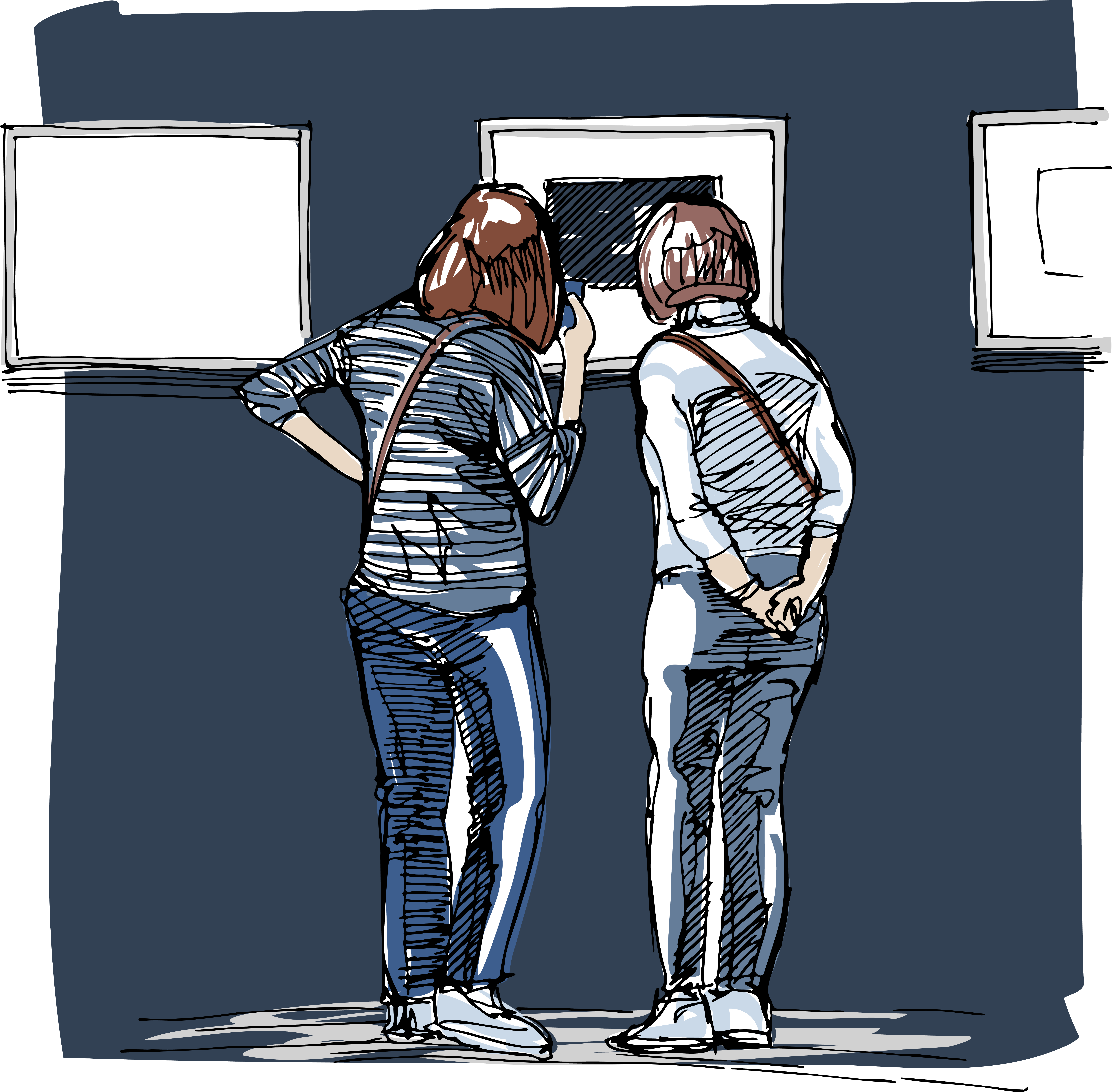Implementing an Archival Display in an in-House Archive

A common misconception is that only financial- and personnel-powerful archives like state and federal archives have the resources to implement an exhibit displaying part of its archival collection. You may think that such an exhibit would not be possible for a small in-house archive team whose primary workflow includes processing, maintaining, and preserving its records and documents. However, you may be surprised what a small or in-house archiving team can accomplish with relatively few resources.
Why Implement an Exhibit?
Of course, there is the question of why display the organization’s archives? Why take the time to display archival holdings such as historical correspondence, original drawings, or archival material showcasing the origins of the organization? Many archivists would likely agree that the profession deserves much more internal and external recognition. Why not show off the history of your organization through the pieces you work so hard to protect? By putting these historical artifacts on display, both internal staff and patrons of your organization will have the pleasure of viewing this curated collection.
The internal staff of other departments and even upper management are likely not familiar with the organization’s history and archives the way you are. A small exhibit could help staff understand the history of the organization, discover the way their roles may have functioned in the past, and promote historical discourse in daily work. In addition, seeing the archives daily would elicit understanding and appreciation for all the archives team is responsible for. As for patrons of your organization; members, customers, vendors, partners, and the like; they will have the pleasure of perusing the collection and enjoy the additional historic experience of seeing the origins of your organization.
In addition, the archival display could open many doors in terms of increasing visibility for your organization. You can invite press and media reporting about the exhibit and history, or even promote the collection for additional research or requests from the community. The possibilities for growth and visibility are endless, and implementing an archival display is sure to be a great investment.
But How to Implement an Exhibit?
The process of implementing an exhibition begins with the support of your supervisor, director of archives, and management. It might help to start with a well-thought-out project plan that can be taken to management for approval. Think about locations within the organization that could work for the display, these could be a separate room or even a wall in the lobby. Estimate a timeline, costs, and any design elements you have in mind. When management gives the green light to cover additional costs of the exhibit and to provide a space on the premises for the display, you can update and expand upon your project plan. The plan should include a step-by-step process of the implementation, budget, artistic design—and of course—which archives will be on display.

Once a suitable space for the display has been identified, you can plan the physical setup of the exhibit. Think about the pieces you want to display, but also how the necessary equipment will work in your space. This might include showcases, lighting, tables, and wall hangings or frames. Then, the selection and samples of the historical documents and archival goods can start. Consider the circumstances of the exhibit location before deciding to use original documents or a facsimilie. These considerations include: how long will documents be on display? Will they be in an area with security? Are damaging conditions a concern—temperature, humidity, light?
After all of the above considerations, the installation of the exhibit can begin. Sometimes it is recommended to hire an external professional who has experience installing similar exhibits, but it is not mandatory. Once the equipment has been installed and the artifacts are on display, the exhibit is ready. Start by presenting the exhibit to management and staff to glean their reactions, this can help give you ideas for promotional materials. Continue to promote the exhibit within the organization through the intranet and other internal communications. Now is the time to create a booklet, flyer, or other sort of guide for visitors to read that explains the collection, its history, and its purpose.
At this point, the exhibit is ready to be promoted externally. Look for archive-related journals, societies, or associations. If there is an annual public “Day of the Archives,” (like we have here in Germany), the regional press can help drive traffic to your exhibit, which in turn, is a chance for the promotion of the organization itself.
Implementing an archival exhibition can benefit the organization for years to come. So, why not bring those treasures out from the shadows of the repository for all to enjoy?
About the Author

- Maik is the Head of Archives of the German Catholic Military Bishop in Berlin, Germany. He is a lecturer of Archival Science at the University of Applied Sciences in Potsdam, Germany.

